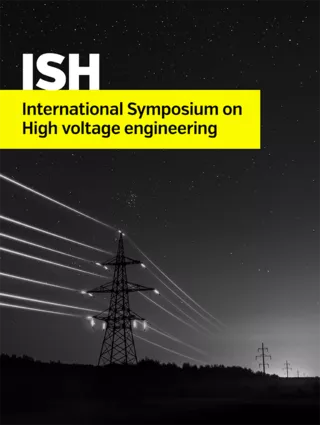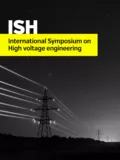Summary
Ionocraft is a flight facility which lifting force is created by means of ionic wind. Ionic wind is air flow caused by corona discharge. Charged particles generated in corona sheath are moved by electric field and transfer momentum to neutral molecules. Thus the whole air volume comes into motion. Ionic wind form is usually a narrow jet which may be used for jet propulsion. Ionocraft conception is known for decades but efficiency of the prototype models is still low. The main efficiency parameter for ionocraft is the relation of lifting force and consumed electric energy (“thrust specific energy consumption” – as an analogy to “thrust specific fuel consumption” which is a commonly used as a term in aviation). The residual value “specific thrust” may be used as well instead of “thrust specific energy consumption”. It is necessary to reach a certain level of specific thrust for practical applications. A classical construction of ionocraft – wire-cylinder – is considered. Dependence of specific momentum on base geometric parameters is presented. Presumable ways of efficiency improvement are discussed. Formally specific momentum of ionocraft may be rather high especially for large interelectrode gaps. However it usually leads to large air volume occupied by construction with significant total lifting force. Consequently more sophisticated criteria should be used such as: specific thrust level by fixed lifting force from unity volume. Possible characteristics of flight facilities are estimated and analyzed. The experimental part of the work consists in direct measurement of lifting force of an ionocraft segment by strain transducer. Voltage and discharge current are measured as well. Computer model of ionocraft is also considered. Simulation is based on finite element method. The set of equations includes transport equations for charged particles (in so called “drift-diffusion approximation”), the Poisson's equation and Navier-Stocks equations for air velocity field. Air velocity and ions distributions are analysed. Ratios of viscous friction force and pressure force to lifting force are estimated. Experimental data and computation results are compared.
Additional informations
| Publication type | ISH Collection |
|---|---|
| Reference | ISH2017_205 |
| Publication year | |
| Publisher | ISH |
| File size | 376 KB |
| Pages number | 6 |
| Price for non member | Free |
| Price for member | Free |
Authors
KRISHNA KUMAR, SUNKARA ROA



